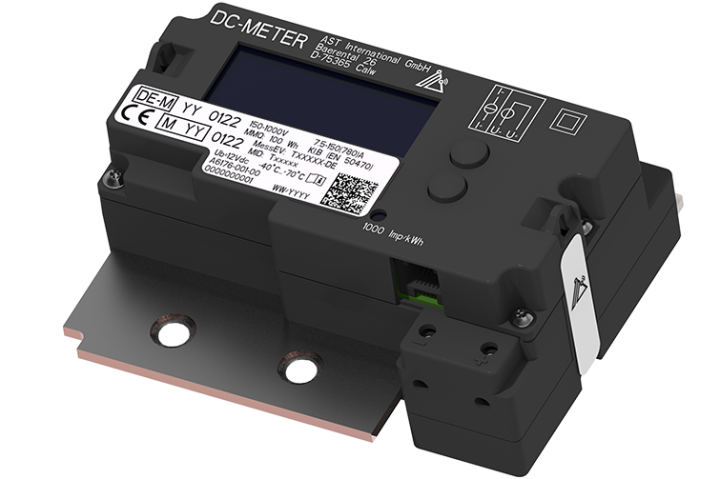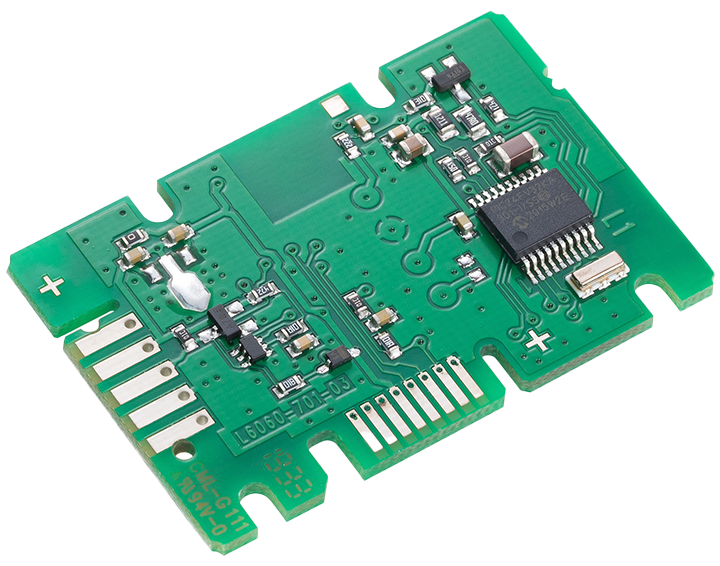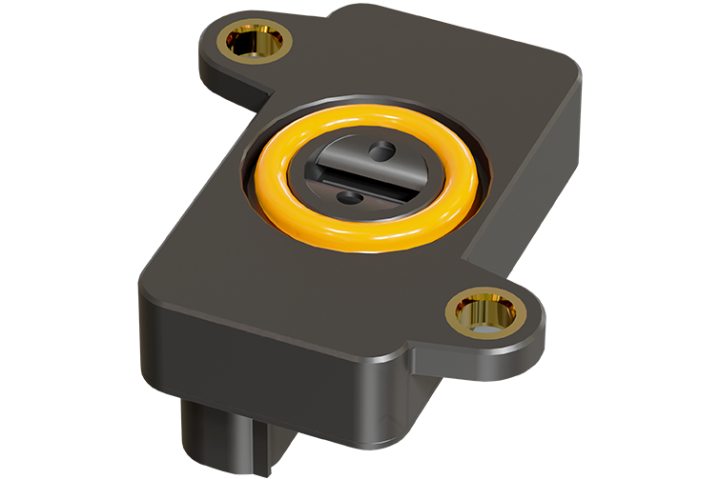Energy Infrastructure
Especially in today's world, the provision of energy is becoming increasingly important. What was once commonly "fuel" in the form of gasoline or diesel is now expanding to include electricity and other sources of energy (e.g., hydrogen). This poses ever-new challenges for infrastructure and requires technological solutions to meet the new requirements.
AST's sensor solutions play a key role here. For example, our sensor technology for detecting hydrogen leaks is an important safety feature in hydrogen refueling stations as it can detect even the smallest concentrations of highly flammable hydrogen gas in the ambient air and indicate possible defects.
Likewise, AST ensures safety and transparency in the aera of fast-charging infrastructure with its energy meter that complies with calibration regulations. Our meters therefore not only meet the legal requirements, but above all, protect the consumer from manipulation and billing errors. In addition, our current sensors are already designed for future requirements in the field of megawatt charging, allowing our customers to be ready to face the future.
DC METERS (compliant with calibration law)

The continuous measurement of high currents and voltages is a challenging task. Based on the 3D Hall ASIC developed in-house (AST patent), the AST DC meters enable continuous measurement up to 1,500A and 1,000V. This high measuring range makes the AST sensors particularly suitable for use in fast and ultra-fast charging stations as well as in megawatt charging systems for buses and trucks.
The DC meter is available in two design variants - as a compact measuring unit with an integrated display or as a version with a remote display and greater flexibility in complex installation situations.
Air Quality Sensor

Air quality sensors constantly monitor the intensity, degree of pollution, and number of odor molecules in the exhaust air. This information can be used as a basis for adjusting fan performance to produce a pleasantly fresh ambient climate.
By continuously measuring air pollution, our sensors intelligently predict when, for example, filters need to be replaced or the next service is due.
